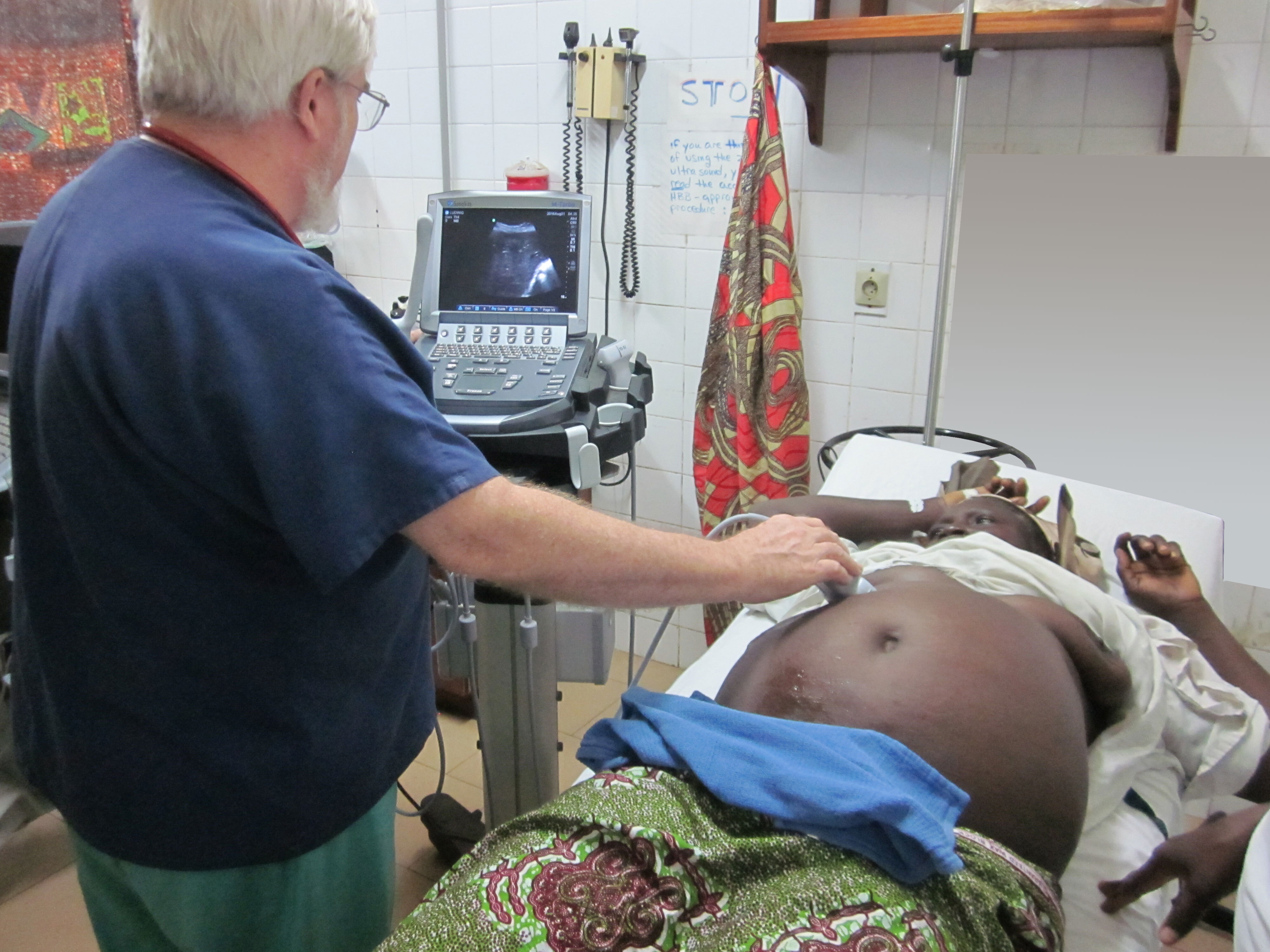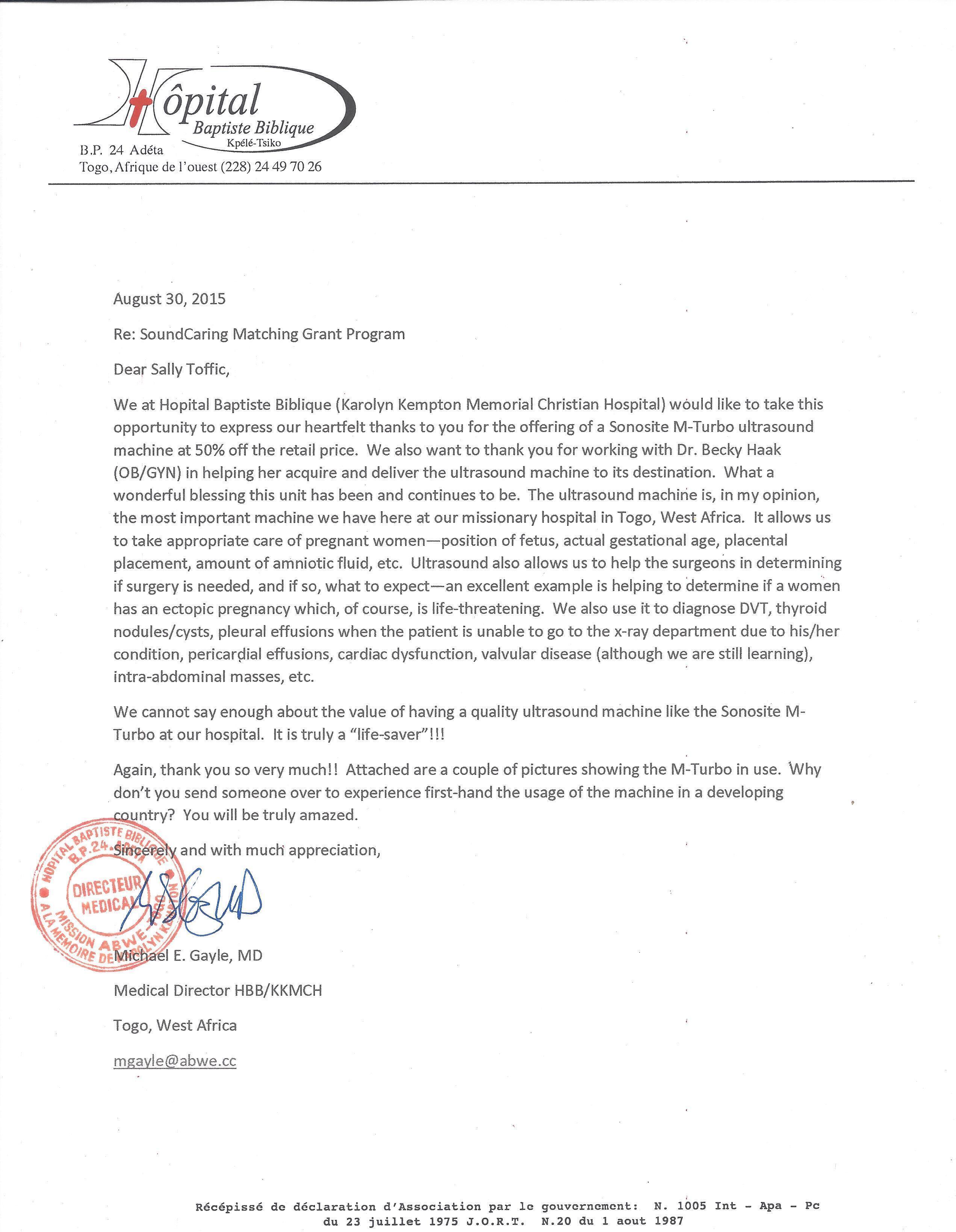Smarter Use of Imaging Technology: Reduce Errors Costs
Medical errors continue to be a major problem in the US healthcare system, with hospital acquired infections (HAC) becoming an area of greater focus and where significant financial penalties are being incurred. Medicare has added one especially dangerous--or even potentially fatal--adverse event, iatrogenic pneumothorax during central line placement, to its HAC list. Along with putting patients in peril, the mistake can also increase hospital costs by up to $45,000 per incident, according to a study by the Agency for Healthcare Quality and Research (AHRQ).
Many excellent studies show that ultrasound guidance can powerfully improve the safety and success of this very common procedure. In fact, in one randomized study of 900 critical care patients, use of ultrasound visualization reduced the rate of collapsed lung during central line placement to zero, compared to 2.4 percent for blind placement.
Dr. Sierzenski is the Director of Emergency, Trauma and Critical Care Ultrasound for Christiana Care Health System’s Department of Emergency Medicine. He is also the Chair, Government Policy & Public Relations for the American College of Emergency Physicians Ultrasound Section and a Master's Candidate in Health Quality and Safety at the Jefferson School of Population Health.







